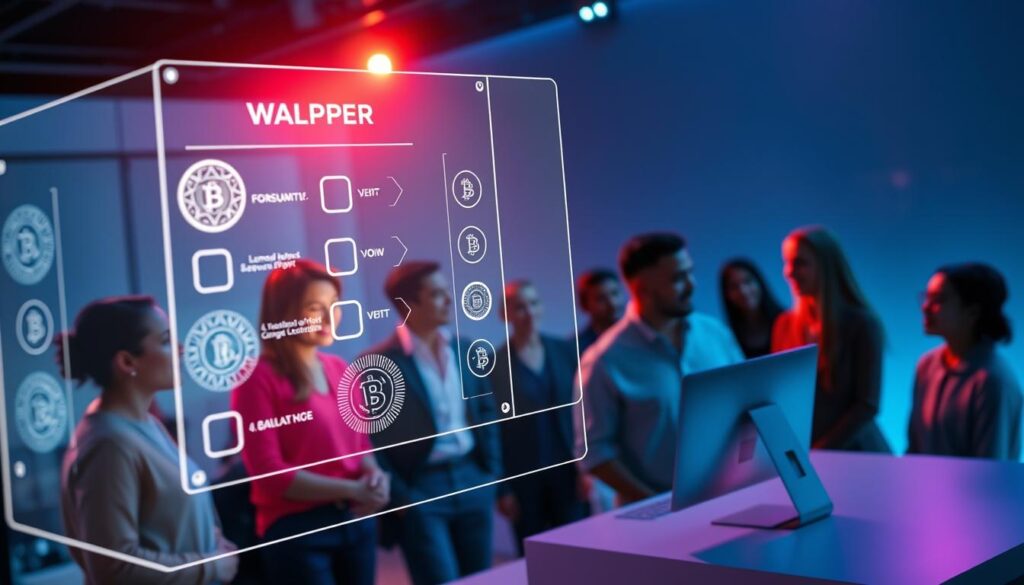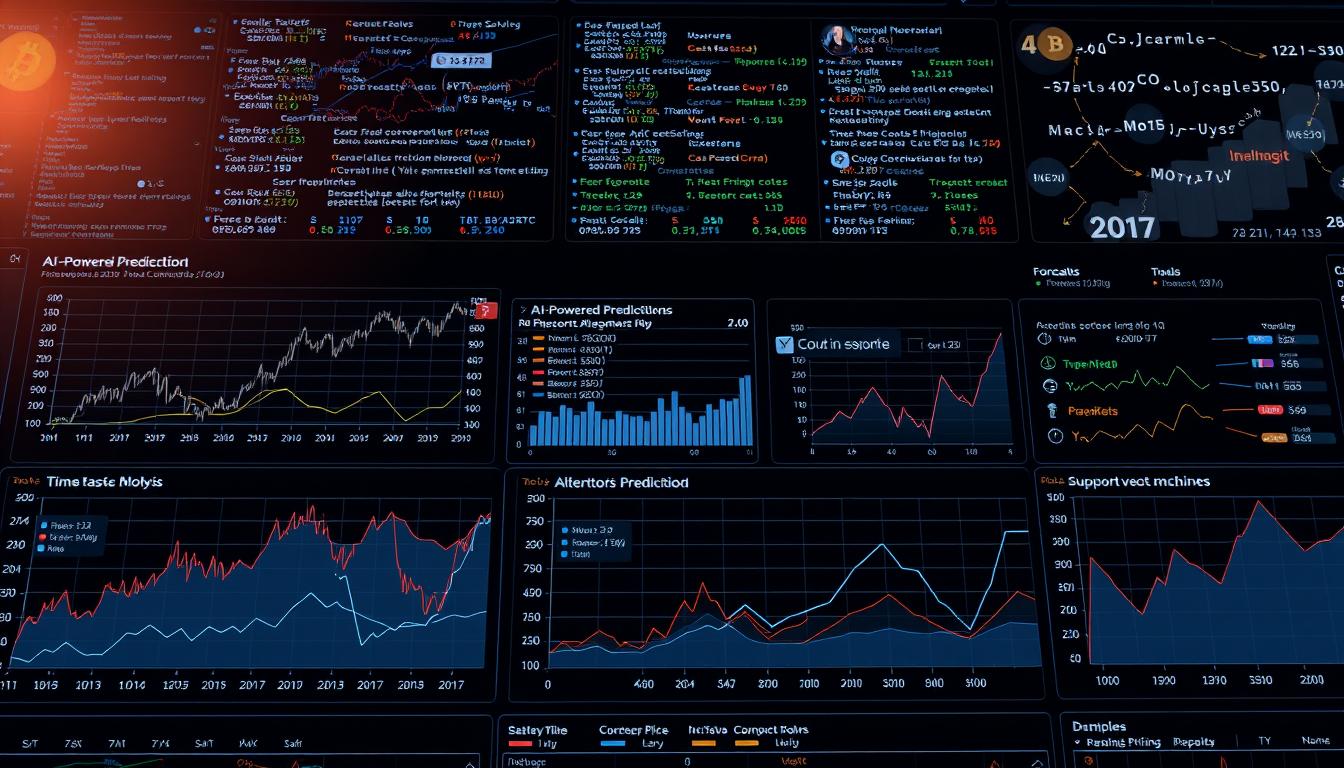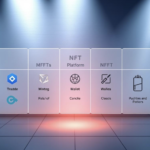Now Reading: Learn What are governance tokens and how do they work in DeFi protocols
- 01
Learn What are governance tokens and how do they work in DeFi protocols
Learn What are governance tokens and how do they work in DeFi protocols

Modern blockchain ecosystems are rewriting the rules of financial control through innovative digital tools. At the forefront of this movement are specialized assets that empower communities to shape platform decisions directly. These instruments enable users to vote on upgrades, funding allocations, and policy adjustments—all without centralized oversight.
By holding these assets, individuals gain proportional influence over protocol changes. Many decentralized platforms pair them with autonomous organizations to streamline proposal submissions and voting processes. This structure ensures every participant’s voice contributes to the platform’s evolution.
Unlike conventional cryptocurrencies focused on transactions or value storage, these tools prioritize democratic participation. They create transparent frameworks where development roadmaps reflect collective priorities rather than corporate agendas. This approach helps decentralized networks adapt to market shifts while maintaining core principles of openness.
Key Takeaways
- Community-driven control replaces traditional corporate decision-making
- Digital assets enable direct participation in platform governance
- Voting rights scale with token ownership
- Protocol upgrades and funding decisions become collective actions
- DAOs provide organizational structure for decentralized governance
Understanding the Basics of Governance Tokens
Digital communities now steer financial platforms through specialized crypto assets. These tools transform passive users into active contributors, creating ecosystems where every voice impacts platform evolution. Unlike conventional coins designed for payments, this type of cryptocurrency prioritizes collective decision-making.
Definition and Key Characteristics
Governance tokens serve as voting passes in blockchain networks. Holders propose changes, allocate funds, or adjust platform rules through transparent voting systems. Three features define them:
- Decision-making power scales with token quantity
- Built-in proposal submission frameworks
- Immutable voting records on-chain
Historical Context in Crypto and DeFi
The concept emerged alongside decentralized exchanges around 2018. Early blockchain projects faced challenges balancing decentralization with efficient upgrades. Pioneering platforms introduced these tokens to let communities approve smart contract modifications without centralized leadership.
Modern systems now incorporate advanced features like vote delegation. Users can lend voting rights to experts while retaining ownership. This evolution addresses early critiques about uneven participation rates in decentralized organizations.
What are governance tokens and how do they work in DeFi protocols
Blockchain-based voting systems give users direct control over protocol changes through digital assets. These instruments convert ownership into decision-making authority, creating dynamic ecosystems where community consensus drives innovation.
Voting Rights in Action
Proposal outcomes directly correlate with participant engagement levels. Users with larger holdings wield greater influence but can delegate voting privileges to trusted experts. Recent platform updates show communities approving fee structure changes and new liquidity pool integrations through these systems.
Smart Contracts and On-Chain Transparency
Self-executing code manages proposal implementation automatically once voting concludes. Every decision gets permanently recorded on distributed ledgers, visible to all network participants. This eliminates ambiguity about approved changes while maintaining alignment with community preferences.
Three-step participation process:
- Acquire platform-specific digital assets
- Review active improvement suggestions
- Lock holdings to cast binding votes
Automated agreements verify vote thresholds and trigger execution without intermediaries. This framework ensures protocol modifications reflect collective priorities while preventing unilateral control by any single entity.
The Role of Governance Tokens in Decentralized Finance
Financial platforms now distribute authority through digital voting systems rather than boardroom meetings. These mechanisms let communities collectively steer platform evolution while maintaining open access. Governance tokens act as keys to this participatory process, aligning protocol changes with user needs.

Decentralizing Decision Making
Traditional finance concentrates control among executives. Blockchain networks invert this model by letting token holders vote on critical upgrades. Recent examples include communities approving:
- Fee structure adjustments
- New asset integrations
- Security protocol enhancements
| Factor | Centralized Model | Decentralized Model |
|---|---|---|
| Decision Speed | Fast | Moderate |
| Transparency | Low | High |
| User Influence | None | Proportional to holdings |
Empowering Community Involvement
Active participation extends beyond voting. Many protocols let users submit improvement proposals or join steering committees. During network upgrades, communities have successfully resolved conflicts through structured debates and token-based polls.
Token holders often align their votes with long-term platform success. This creates shared incentives between developers and users. Delegation features allow busy participants to lend voting rights to experts without transferring ownership.
Benefits of Using Governance Tokens
Participatory finance models gain strength when contributors directly shape platform futures. Governance tokens unlock this potential by converting passive observers into active architects of decentralized ecosystems. Their design creates mutual benefits for protocols and participants alike.

Enhancing Transparency and User Engagement
Every decision becomes visible through immutable blockchain records. Voting histories and proposal outcomes remain publicly accessible, eliminating hidden agendas. This openness builds trust, as token holders verify actions rather than relying on third-party claims.
Active participation rises when users influence platform directions. Communities debate upgrades, allocate funds, and adjust features through structured proposals. Some protocols reward engagement with exclusive access to new tools or discounted fees.
Beyond voting rights, these tokens offer multiple utilities:
- Staking for passive income streams
- Early access to beta features
- Reduced trading fees on partner platforms
Decentralized networks adapt faster by leveraging collective intelligence. When market shifts occur, communities using governance tokens can implement changes within days—not months. This agility keeps protocols competitive while maintaining core principles of user empowerment.
Challenges and Risks in Governance Token Models
Decentralized governance models face real-world hurdles that test their democratic ideals. While governance tokens aim to distribute power, practical limitations often create uneven participation and control dynamics.

Low Voter Turnout and Technical Barriers
Participation rates hover near 20% across major platforms, according to blockchain analysts. Complex proposals filled with technical jargon deter casual users from voting. Many holders report feeling unqualified to assess smart contract changes or protocol upgrades.
| Challenge | Ideal Scenario | Current Reality |
|---|---|---|
| Participation Rates | Majority engagement | 20% average turnout |
| Proposal Complexity | Accessible language | Developer-focused content |
| Power Distribution | Democratic control | 1% hold 90% voting power |
Concentration of Power Among Major Holders
Chainalysis research reveals stark imbalances: top DAOs show 90% voting control in the hands of 1% users. Large token holders can single-handedly sway decisions, creating whale-dominated ecosystems. This concentration undermines the decentralized ethos these systems promise.
Platforms struggle to balance expertise with accessibility. While delegation features let users lend voting rights, most participants lack time to research candidates thoroughly. The result? Critical decisions often reflect insider priorities rather than community consensus.
Innovative Voting Systems and Community Engagement
Decentralized networks are evolving creative solutions to boost participation and balance decision-making power. These systems aim to give every community member meaningful input while maintaining operational efficiency.

Quadratic Voting and Delegation Techniques
Quadratic voting reshapes influence by making additional votes exponentially more expensive. A user with 10 tokens gets 3 votes (√10 ≈ 3), while 100 tokens yield 10 votes. This approach limits whale dominance and amplifies smaller voices.
Delegation features let busy holders assign voting rights to experts. Platforms like Uniswap allow users to choose representatives through transparent profiles. This system combines broad participation with informed decision-making.
Incentives Through Staking and Reward Programs
Projects boost engagement by tying staking rewards to governance activity. Curve’s vote-locking mechanism demonstrates this well – users who lock tokens longer gain extra voting weight. Three key incentives drive participation:
- Enhanced yields for active voters
- Exclusive access to beta features
- NFT badges recognizing consistent contributors
Some protocols experiment with gamified systems where voting earns experience points. These approaches help align user actions with long-term protocol success while making governance more accessible.
Future Trends in Governance and DeFi Protocols
Blockchain ecosystems are pioneering new methods for collective decision-making that could redefine digital collaboration. Emerging systems aim to address current limitations while expanding governance capabilities across interconnected networks.
Emerging Governance Models and Cross-Chain Solutions
Innovative frameworks like quadratic funding are gaining traction, rewarding widely supported proposals over whale-dominated choices. These models pair mathematical fairness with decentralized networks, creating balanced voting power distribution. Cross-chain compatibility tools now let users influence multiple platforms through single asset holdings.
Projects like Polygon and Polkadot demonstrate how cross-chain governance bridges isolated blockchain ecosystems. Users can participate in decisions across partnered protocols without swapping assets. This interoperability helps DAOs coordinate large-scale upgrades while maintaining network-specific autonomy.
Future systems may combine AI analysis with community input to streamline proposal evaluations. Early experiments show automated tools flagging contradictory measures or estimating implementation costs. Such enhancements could reduce voter fatigue while preserving decentralized networks’ core principles of transparency and inclusivity.












